Brass fittings play a pivotal role in various industries, offering durability and reliability in fluid handling systems. However, ensuring their longevity requires proper surface treatment and corrosion prevention techniques. In this article, we delve into the methods employed to enhance brass fittings, safeguarding them against corrosion and extending their service life.
Understanding Surface Treatment
1. Cleaning and Degreasing
Brass fittings, before any surface treatment, undergo thorough cleaning and degreasing processes. This step ensures the removal of contaminants and organic substances, providing a clean surface for subsequent treatments.
2. Pickling and Passivation
Pickling involves the removal of surface impurities and oxides through the application of acid solutions. Passivation, on the other hand, forms a protective oxide layer on the brass surface, enhancing its resistance to corrosion.
3. Electroplating
Electroplating is a common method used to coat brass fittings with a thin layer of a different metal, such as nickel or chromium. This not only enhances the appearance but also provides additional corrosion resistance.
4. Anodizing
Anodizing involves the formation of an oxide layer on the brass surface through electrolytic processes. This layer improves the surface hardness and corrosion resistance of the fittings.
Preventing Corrosion
1. Protective Coatings
Application of protective coatings, such as paints or lacquers, provides a barrier between the brass surface and corrosive elements in the environment. These coatings shield the fittings from oxidation and chemical attack.
2. Corrosion Inhibitors
Corrosion inhibitors, either applied as coatings or added to the fluid conveyed through the fittings, help neutralize corrosive agents, thus mitigating the risk of corrosion.
3. Galvanic Protection
Utilizing sacrificial anodes or installing cathodic protection systems can safeguard brass fittings from galvanic corrosion, a common issue in environments with dissimilar metals.
4. Regular Maintenance
Regular inspection and maintenance of brass fittings are essential to identify and address any signs of corrosion promptly. Cleaning, lubricating, and replacing damaged coatings are part of routine maintenance practices.
Conclusion
Effective surface treatment and corrosion prevention techniques are crucial for maintaining the integrity and longevity of brass fittings. By understanding these methods and implementing appropriate measures, industries can ensure optimal performance and reliability of their fluid handling systems. Investing in quality surface treatment and corrosion prevention not only protects brass fittings but also sustains the efficiency of the entire infrastructure.
IFAN is a Chinese manufacturer of plastic pipes, fittings and valves with 30 years of experience. If you are interested in IFAN copper fittings, copper valves, plastic pipes and fittings, please contact us. IFAN offers you a variety of standard pipes to meet your specific needs. Click below to learn more about IFAN’s wide range of affordable and cost-effective valve products and piping system related products.
We will reply your email or fax within 24 hours.
You can call us at any time if there is any question on our production.
For more information,pls visit our webside https://pipefittingpro.com/
Pls Mailto: [email protected]
Whatsapp: + 86 19857948982

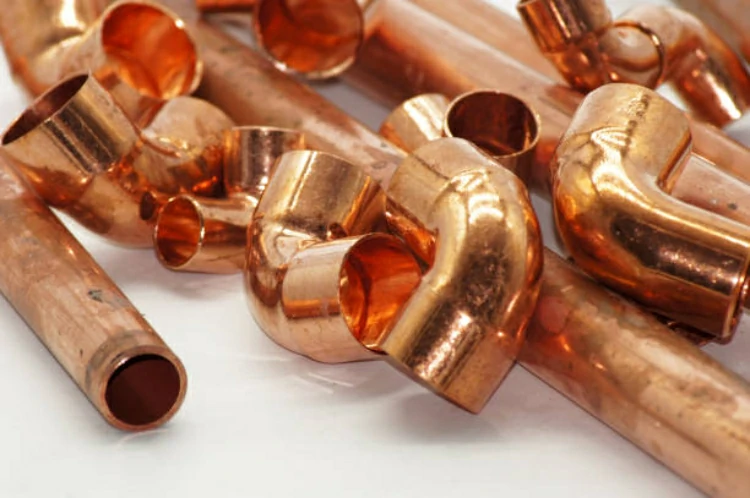
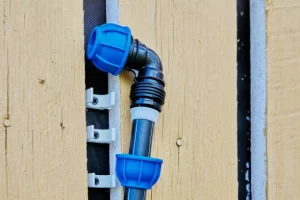
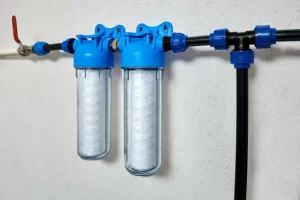
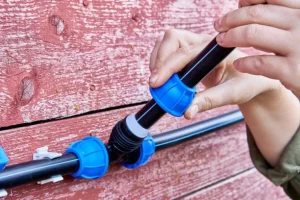
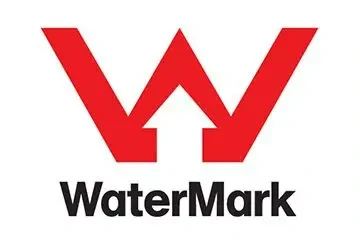

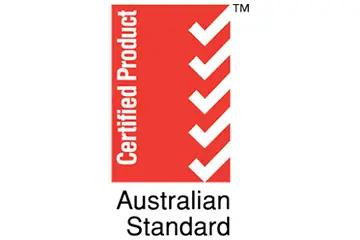
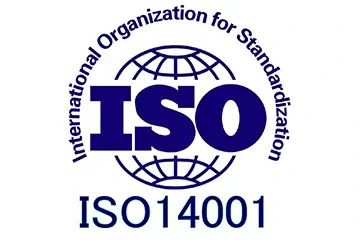




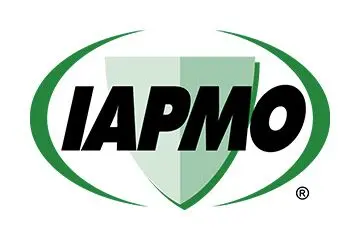
Recent Comments